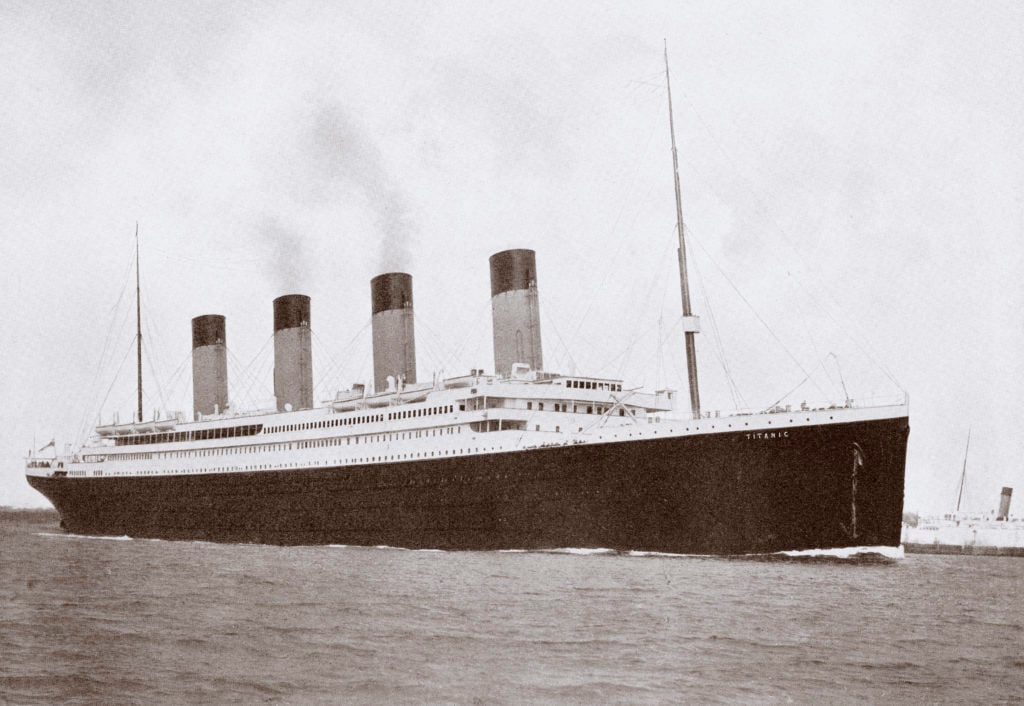Auctions
The Light-Up Cane That Helped Save Shipwrecked Titanic Survivors Is Coming to Auction
At the time, the battery-powered light was cutting-edge technology.

At the time, the battery-powered light was cutting-edge technology.

Sarah Cascone

When the Titanic struck an iceberg and sank on April 15, 1912, killing some 1,500 people, Ella White was one of the lucky few who made it to a lifeboat. Fortunately, she was carrying her electric cane, topped with a glowing, battery-powered light credited with helping attract the attention of rescuers.
Now, this unusual piece of history is coming to auction at Guernsey’s Auction House in New York.
The black enameled cane, topped with battery-illuminated amber-colored bakelite, was cutting-edge technology at the time it was made.
“The only way they could locate us was by my electric lamp,” White said in testimony before the US Senate in the aftermath of the disaster. “I had an electric cane—a cane with an electric light in it—and that was the only light we had.”

Ella White’s light-up cane, used to signal rescuers after the sinking of the Titanic. Photo courtesy of Guernsey’s.
White, then 55, was traveling aboard the Titanic with 36-year-old Marie Grice Young, her roommate. Historians generally believe the pair to have been in a same-sex relationship, and when she died, White left Young the bulk of her estate.
The walking stick, which has remained in White’s family, is expected to be among the top lots in the “A Century at Sea: A Comprehensive Maritime Auction” being held by the International Yacht Restoration School, a nonprofit institution in Newport, Rhode Island, on July 19 and 20.
A publicist for the auction house compared the cane to the infamous Titanic cracker, which fetched $23,000 at auction in 2015.
“We are expecting the cane, with the incredibly empowering story that accompanies it, to go for much more,” he wrote. The object is estimated at $300,000 to $500,000, and will be sold without a reserve.
In addition to artifacts from the Titanic, including an unused ticket for the ill-fated voyage, the auction includes objects from other historic ocean liners such as the Lusitania and the Normandie. Some lots are from the school’s collection, but most are from private collections.